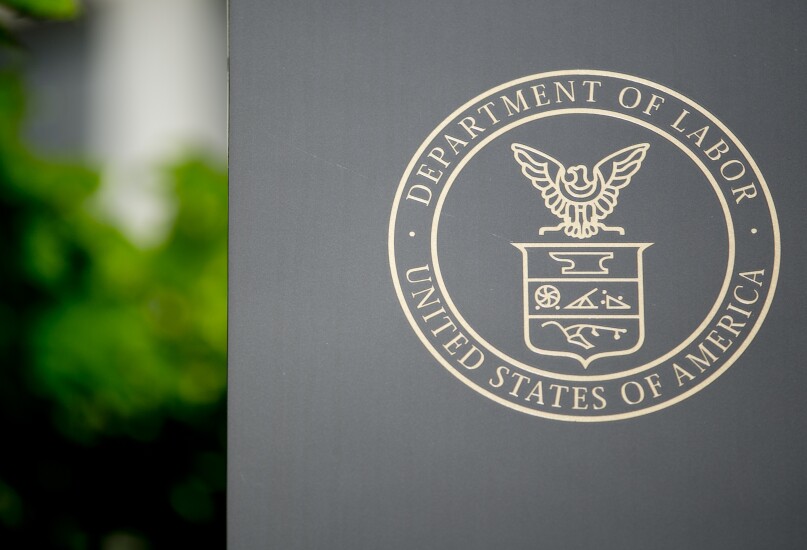Benefits, including paid leave and flexibility can obviously make a big impact on how people perceive their work culture, and according to an omnibus survey by the Society for Human Resource Management, one out of every five working Americans has left a job due to workplace culture.
Improving company culture to retain talent, boosting student loan benefits and even offering pet-friendly perks were some common themes for employers at SHRM’s recent annual conference in Las Vegas.
To address workplace culture, the HR association introduced Convos & Coffee, a new initiative SHRM launched to help improve and strengthen workplace culture through open dialogue.
In addition to strengthening workplace culture, experts discussed trends in benefits, new products and strategies companies can use to help attract and retain talent. In case you missed the show, here are some key takeaways from the show.












